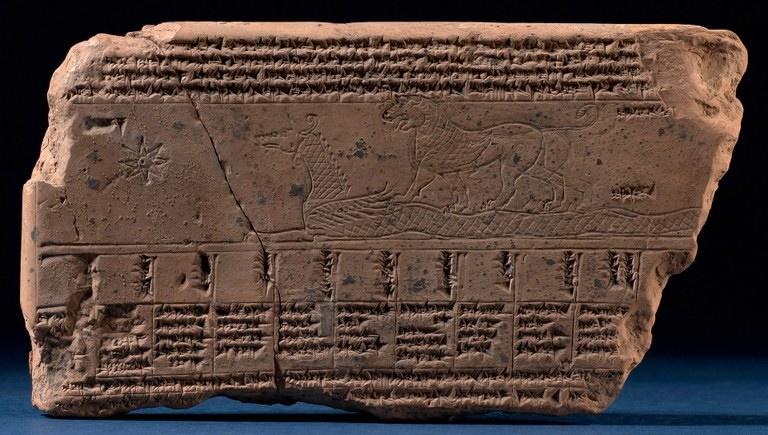Ancient zodiacal astral science – a global transformation of science and culture unexplained
The introduction of the zodiac, a division of the path of the sun in 12 signs of 30 units, triggered an ultimately global and enduring transformation of astral science and other realms of scholarship which took shape in Babylonia, Egypt and the Greco-Roman world between the 5th century BCE and the 3rd century CE. It was accompanied by three seminal innovations that are constitutive for modern astronomy and astrology: (1) a zodiacal turn – the zodiac became the central concept for interpreting, predicting, computing and representing celestial phenomena, (2) a mathematical turn – the emergence of mathematical methods that employ the zodiac for computing planetary, lunar and solar phenomena, and (3) a personal turn in astrology – the emergence of horoscopy and related forms of astrology that cater to private individuals as opposed to earlier forms that exclusively served rulers. While originating in Babylonia, these innovations were transformed through interactions with Egyptian, Greco-Roman and other ancient cultures of astral science, mathematics, religion, philosophy and iconography. A web of further interactions connects them with Late Antique, Iranian, Byzantine, Indian, Arabic, Chinese, other pre-modern and, eventually, modern practices of astronomy, astrology and mathematics around the globe. The mathematical turn and the underlying assumption of the computability of phenomena shaped scholarly and cultural practices far beyond astronomical prediction. Even today, our experience of time is structured by divisions – hours, minutes, seconds – that originate in Babylonian astronomical calculus. Modern mathematical practices such as the division of the circle in 360 parts likewise derive from Babylonian astral science. Horoscopy, an originally Babylonian form of personal astrology, is omnipresent around the globe
Wednesday, September 15, 2021
ZODIAC – Ancient Astral Science in Transformation
Subscribe to:
Post Comments (Atom)






No comments:
Post a Comment